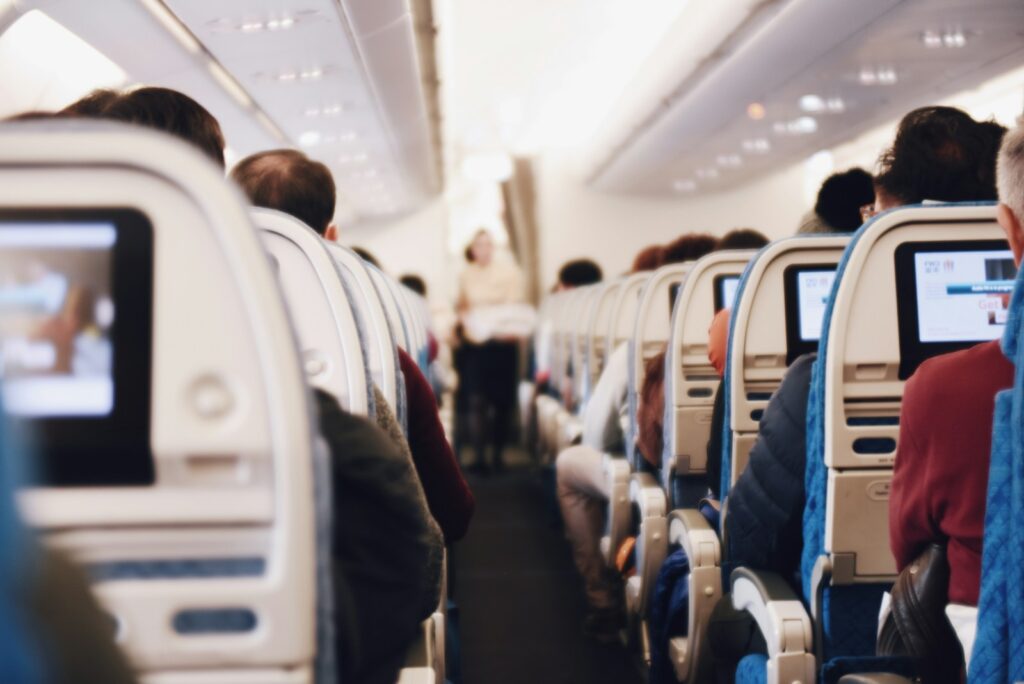
The confined quarters of an airplane cabin have long been a testing ground for human interaction, highlighting the ongoing conflict between individual comfort and communal space. As air travel becomes more common and physically constrained, the boundaries of a single seat have sparked increasingly intense social and ethical discussions. A recent mid-air incident encapsulated this dynamic: a petite woman, seated between two plus-sized individuals on a long flight, shared her story online. Her account, along with the passionate reactions it triggered, illuminated a broader conversation about entitlement, bodily autonomy, and the subtle prejudices that often surface in such confined environments
On an eight-hour flight, the woman, who experiences claustrophobia, felt increasingly overwhelmed as her seat space was encroached upon by one of the passengers beside her. She eventually requested a seat change. What might have seemed like a practical solution quickly turned into a contentious issue.
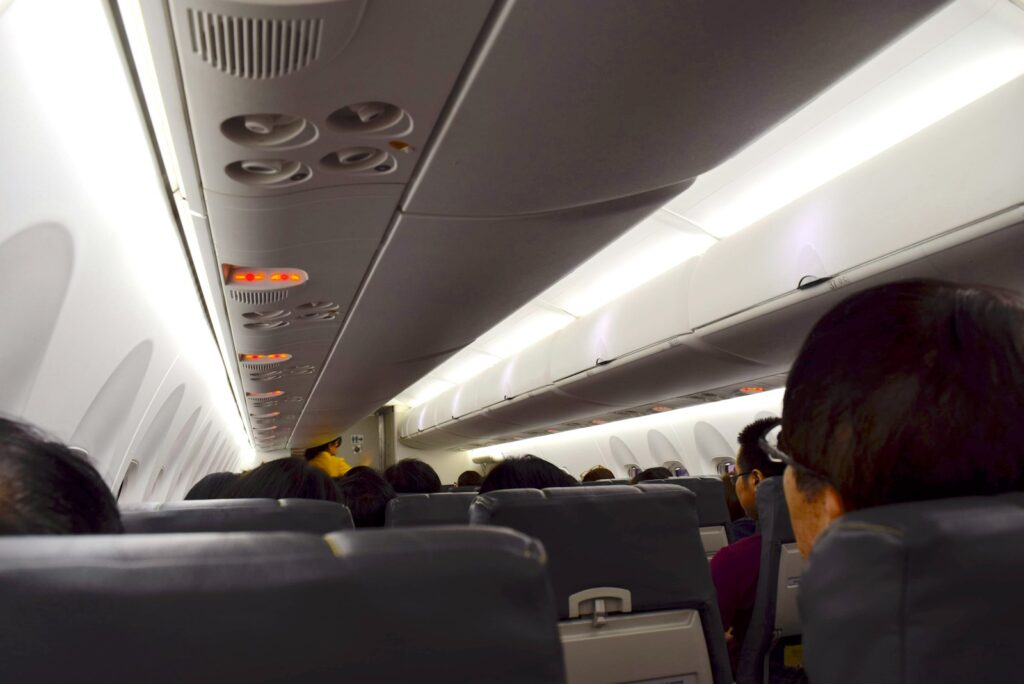
Airline Policies and the Burden of Adjustment
When the woman notified a flight attendant, she was told that she might be rebooked if she chose not to sit in her assigned spot, though she had not refused, only asked for the space she believed she had paid for. This response highlighted a systemic issue: airline protocols often place the burden of resolution on the uncomfortable party rather than offering a structural solution. The airline’s later reply—promising that the complaint had been forwarded internally and that future experiences would improve—offered little immediate relief.
This kind of corporate boilerplate reflects a broader industry pattern in which diverse passenger needs are addressed only after friction occurs, rather than through proactive, inclusive planning. As a result, passengers are left to navigate emotionally fraught encounters without institutional guidance or protection.

Online Reactions and Radical Proposals
The online response to the woman’s post was both empathetic and imaginative. Many commenters offered support and described similar encounters. Some proposed creative but controversial ideas, such as installing “test seats” at check-in counters to preemptively address space issues. Others suggested complete physical separation through cubicle-style seating designs. These suggestions, while not always practical, reveal widespread frustration with current seating arrangements and the lack of predictability regarding personal space during flights.
Notably, some self-identified plus-size commenters also joined the discussion. One user declared, “Anyone who takes up that much space should buy two seats. No ifs or buts about it.” This sentiment aligns with American Airlines’ existing policy, which states that if a customer cannot be safely accommodated in one seat, a second seat is required. However, such rules are often not communicated or enforced in ways that prevent discomfort during travel.
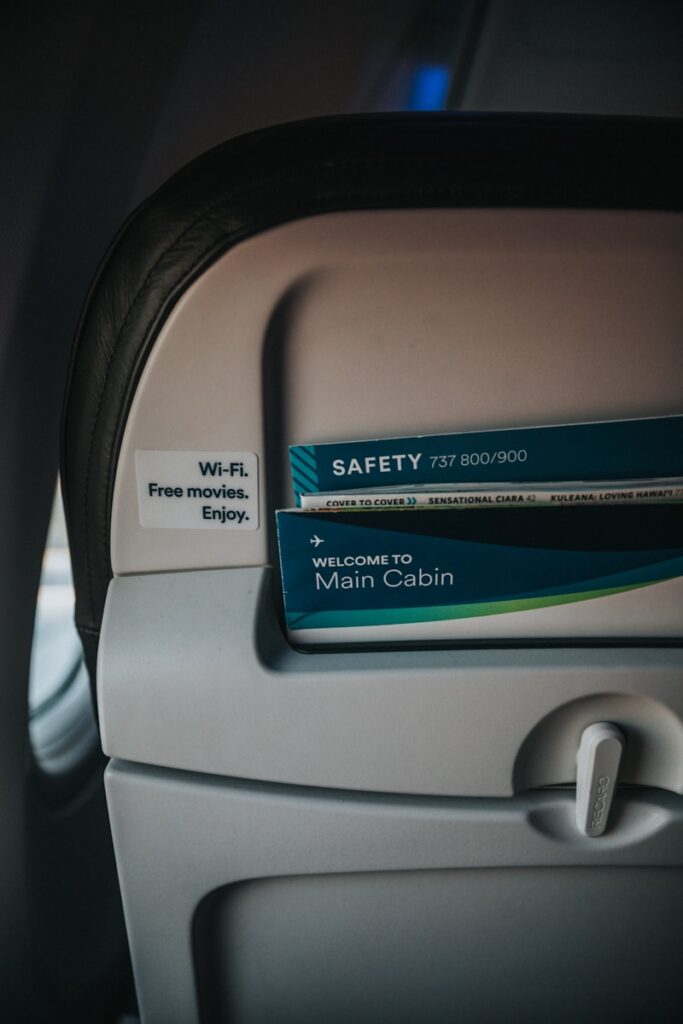
Systemic Challenges and Lack of Standardization
The obstacles faced by plus-size travelers are not limited to isolated experiences but reflect broader structural shortcomings. As National Geographic travel host Jeff Jenkins notes, there is still no federal standard for airline seat dimensions. Each airline operates under its own rules for “customers of size,” leaving passengers to decipher inconsistent and often vague policies. This inconsistency fuels misunderstandings and resentment, placing both plus-size travelers and their seatmates in unnecessarily tense situations.
Advocates like Jae’lynn Chaney are pushing for reform. In April 2023, she petitioned the Federal Aviation Administration (FAA) to require airlines to adopt comprehensive and standardized policies that prioritize the comfort of all passengers. Chaney argues that clearer guidance would reduce confusion and prevent the emotional toll often experienced by travelers unsure of how their needs will be accommodated.
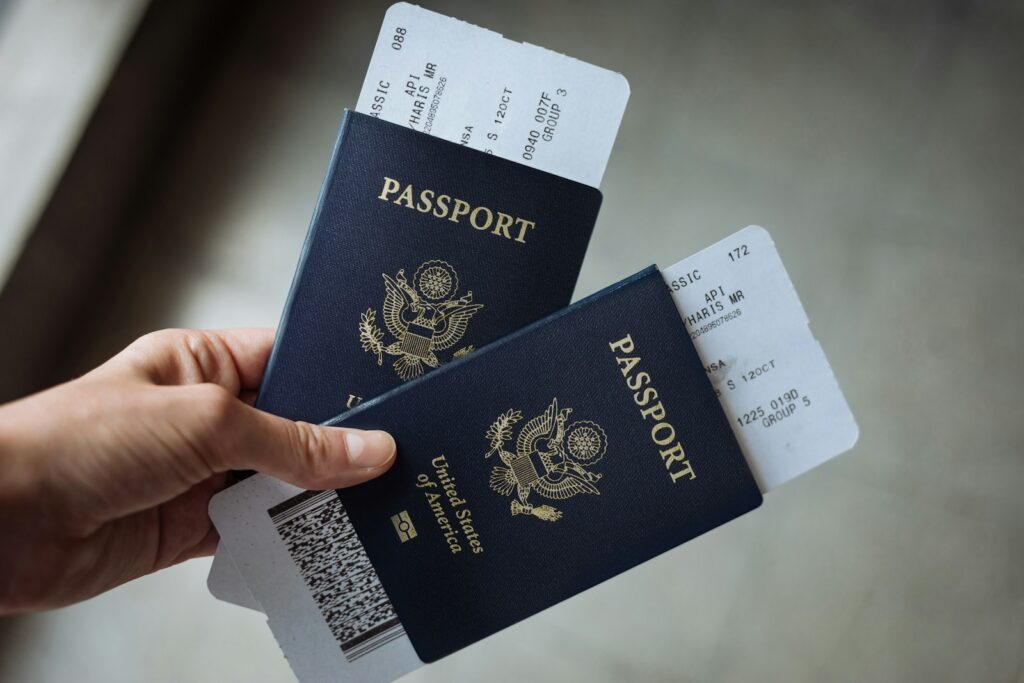
The Controversy Over Paying for Two Seats
A particularly contentious issue is the expectation that plus-size passengers pay for a second seat. Chaney challenges the fairness of this, pointing out that smaller-bodied individuals pay one fare for the same journey, while larger passengers—who may also experience greater discomfort—must often pay double. She questions the equity of a pricing model that charges more simply because of physical size, especially when weight-related conditions may fall under disability protections.
Some airlines have found partial solutions. Southwest Airlines, for example, allows passengers to pre-purchase an extra seat and receive a refund after travel. Their policy uses the armrest as the defining boundary: if a passenger cannot lower both armrests or encroaches into a neighboring seat, a second seat is required. While not perfect, this clarity provides a degree of dignity and predictability.
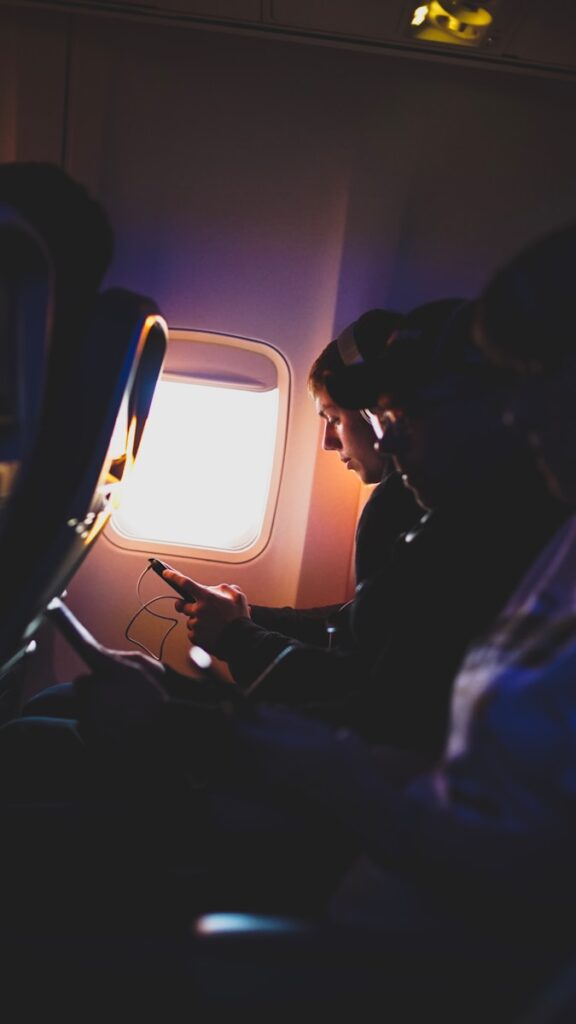
Passenger Etiquette and Communication Tactics
In the midst of evolving policy debates, passenger etiquette remains a vital factor in how seat space conflicts play out. Many travelers describe being wedged into uncomfortable positions for hours without recourse. A Redditor recounted spending a five-hour flight pressed against the window due to a large seatmate, with only one armrest to use. Discomfort in such situations is not exclusive to smaller passengers; broad-shouldered individuals and tall flyers often share similar frustrations.
Etiquette experts encourage respectful, private communication. Alison Cheperdak of Elevate Etiquette suggests speaking to flight crew discreetly to request a seat change, rather than risking public embarrassment. Rosalinda Randall advises establishing brief rapport before raising concerns, though she acknowledges the difficulty of doing so in high-stress environments. The central principle is clear: discomfort can be real without necessitating humiliation or judgment.

The Emotional Weight of Public Reactions
Tensions over seating can quickly escalate into emotionally charged confrontations. After the petite woman changed her seat, one of the plus-sized passengers accused her of making a public statement that larger bodies are an inconvenience. The teenager’s quiet attempt to regain personal space was interpreted as body shaming, revealing how even subtle actions can be viewed through the lens of prejudice.
Reddit users largely defended the young woman, arguing that her actions stemmed from a reasonable desire not to be in physical contact with strangers. The blame, they suggested, should lie with airlines that fail to provide adequate space or policy enforcement, not with passengers trying to protect their comfort and autonomy.
8. Body Shaming and Public Cruelty: A Deeper Harm
Some incidents go far beyond discomfort and cross into blatant cruelty. Plus-size model Natalie Hage, for instance, experienced invasive body shaming when a seatmate took photos of her and sent derogatory text messages during a flight. Hage confronted the man, stating, “You made me feel so uncomfortable to exist in this seat… My body is also none of your business.” Her powerful response emphasized the emotional toll of such encounters and the urgent need for compassion and respect in shared spaces.
Her experience adds gravity to the debate. It shows how easily issues of space and comfort can turn into opportunities for humiliation when empathy is absent. These situations underscore why any conversation about air travel must also consider the human dignity of all passengers.
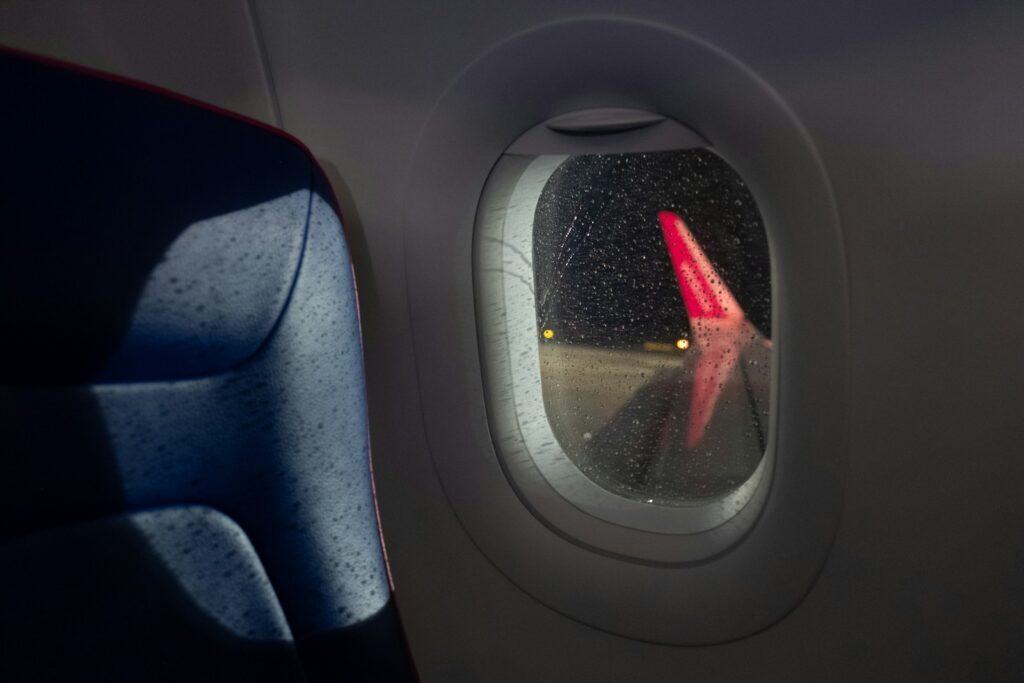
Rethinking Aircraft Design and Definitions
Some of the more imaginative online suggestions, such as test seating stations or individualized pods, reflect a longing for innovation. While not all ideas are feasible in the short term, they underscore the need for design evolution that accommodates a range of body types. More inclusive seating arrangements, with adjustable widths or modular layouts, could significantly improve comfort and reduce conflict.
This discussion also reveals common misconceptions about the term “petite.” Often equated with thinness, “petite” actually refers to height—specifically women 5’3″ or shorter. Many petite women have curvy or plus-sized builds, meaning limited seat space affects them too. The right to “the entirety of the space I paid for” applies universally, regardless of height or shape.
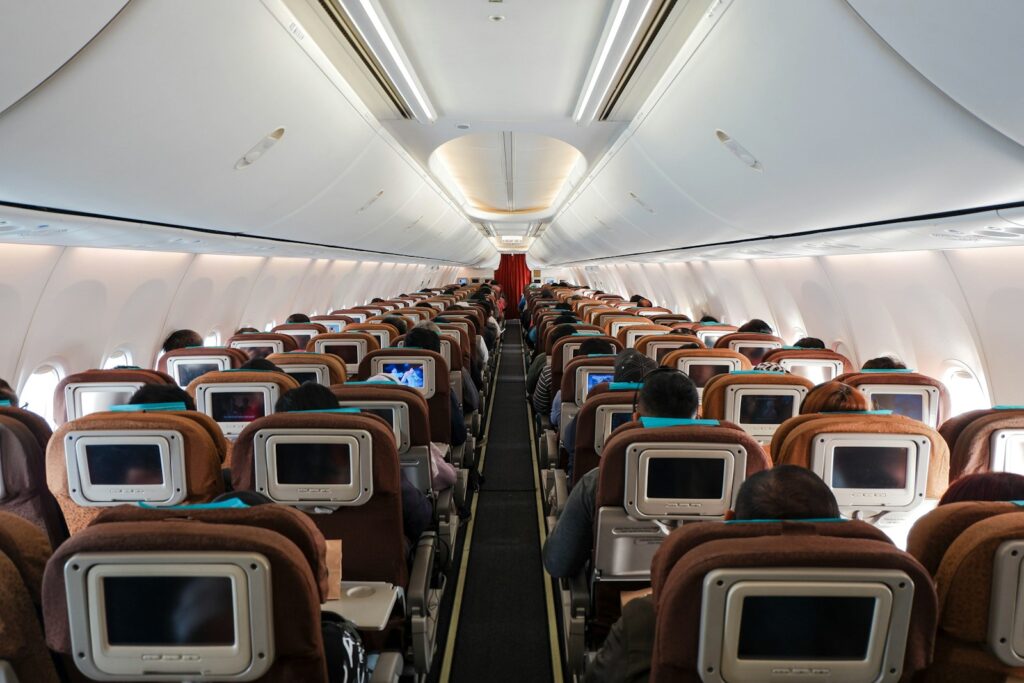
The current configuration of air travel—rigid seats, tight dimensions, and vague policies—reflects outdated assumptions about passenger needs. Addressing these issues requires a multipronged approach: clear, enforceable policies; equitable pricing models; and seat designs that accommodate the diverse bodies of the global population. Jae’lynn Chaney’s petition and the example set by Southwest Airlines offer promising models for industry-wide adoption.
More broadly, travelers must foster empathy. Respectful communication, policy clarity, and thoughtful design can collectively transform a contentious environment into a shared space grounded in dignity. These stories, ranging from discomfort to dehumanization, illuminate the urgent need for change. Air travel, by its nature, is communal. That reality demands not just tolerance, but fairness and respect for all bodies in the sky.



